Samsung Galaxy S III: disappointment, gimmicks, or good ideas?
This article may contain personal views and opinion from the author.

We had planned to do this writeup yesterday, but everything felt too fresh. The Samsung Galaxy S III announcement created a tidal wave of news and we didn't want to just post a knee-jerk analysis of what had been announced, because there was quite a lot of information unpacked at Samsung's London event. The thing is that it didn't all hit solidly.
The disappointments
Of course, we have to keep in mind that the expectations were pretty high for the Galaxy S III announcement, and carriers had tried to mitigate those expectations to a certain extent, even saying that "It'll be like the iPhone 4S was to the 4," which turned out to be the most prophetic information we ever saw during the rumor rampage, even though it may have slipped through the cracks. As far as the hardware, this is definitely much more of an incremental update, which is a bit disappointing, but probably what we should have expected.
Sure, the international version will have a quad-core processor, but that really just sounds good on paper, because in the actual benchmarks that we saw, the dual-core Snapdragon that is expected to be in the US version (and currently in the HTC One X) posted pretty close numbers on Quadrant and actually beat out the quad-core Exynos on a few tests. The screen is essentially the same as that we've seen on the Galaxy Nexus, with the same PenTile matrix, just .2" larger (and without on-screen buttons, which will add even more usable space.) Aside from those two features, all of the other additions are software. And, in the software we get to the usual array of gimmicks and good ideas.
Before we get to the gimmicks though, we want to note one overall disappointment with the Galaxy S III announcement: Samsung almost completely avoided the fact that this is an Android device. Everything in the presentation was made out to be an amazing feature that is only available on this Samsung device. We understand that's how marketing works, but it's still annoying. S Voice leverages the power of the Android voice command service, but adds value in natural language recognition. The Galaxy S III camera has zero shutter lag, but that is a feature of Android 4.0, not that phone. S Beam is simply Android Beam with the addition of WiFi Direct for larger file transfer (admittedly Samsung did at least mention Android Beam on that one.) And, we're pretty sure that Smart Stay wouldn't have been as easy to implement without the built-in facial recognition of Android 4.0.
All we're saying is credit where it's due. Samsung has built quite an empire on Android, so it would be nice to see a bit more appreciation. We won't even get into how TouchWiz completely hides the UI improvements of Android 4.0, because that's a general disappointment with manufacturer UIs, and not one specific to Samsung. Anyway, on to the gimmicks!
The gimmicks
Let's not fool ourselves, every successful matured platform around has its share of gimmicks, which we define as features that make you say "wow", but don't really add a lot as far as function or usability. If you're showing off what your phone can do, you'll probably use these "features", and they will be the same things that will get you to drop down money in a store, but they don't really help your day to day life all that much.
Apple has FaceTime and Siri, both of which seem cool, but either aren't used all that much (FaceTime) or have limited benefits when the feature works (Siri). Google brought in Face Unlock to be its gimmick/cool feature of Ice Cream Sandwich. HTC has its blinged out Sense UI. And with the Galaxy S III, Samsung jumped on the gimmick train full force, and showed its own hypocrisy a bit.
The trouble is that Samsung uses every chance it gets to put down Apple, and even takes shots at Apple followers, but the truth is that Samsung would love nothing more than to be Apple and have that kind of devoted following. And, while Samsung did come up with some novel and innovative ideas with the Galaxy S III, the first feature talked about was S Voice, which is the worst kind of gimmick, because it's really just trying to be better than the Apple version, which doesn't work all that well in the first place.
Think about it, when S Voice was shown off in the announcement, as well as in our hands-on demo, there was a noticeable delay before it either launched the camera app or gave the weather. This is Android we're talking about, not iOS. You don't need to ask for the weather, you just need to look at your weather widget. And, what is the point of launching an app with your voice if it is faster to simply tap the app icon? The choice is either to start the voice recognition service, then say "I want to take a picture," at which point there will be a delay while the app figures out what you want and launches the camera, or just hit the home button and tap your camera icon.
This is the big issue with Samsung's presentation of S Voice. There is value in it, especially in initiating searches, dictating messages, or perhaps playing a specific song or video (none of which is special to S Voice, since Android has this functionality built-in,) but because Samsung wanted to highlight the natural language addition, the marketing took a hit. S Voice adds value to the stock Android voice command option by adding more natural language support, but in showing off the product, Samsung chose to perform two action that would have been faster without voice command. It would have been far better to say "Play Somebody That I Used to Know", and show how Android gives you the choice to play that through any of the apps available on your device like Spotify, Music, YouTube, etc. That is something that is faster to do via voice, and shows the power of this system over that of the competition, since Siri doesn't yet have those hooks (though Apple has said they will eventually exist).
The new Nature UX is also essentially a gimmick. It may very well make the phone more enjoyable to use, and it may make for an overall pleasant experience, but there is no real function behind it, which makes it a gimmick. Keep in mind here that not all gimmicks are bad things. Gimmicks can be delightful, but the problem is that gimmicks strive for delight rather than usability. However, not all the announcements were bad. Samsung also came out with some solid ideas that we'd love to see expanded through the mobile ecosystem.
The good ideas
The biggest difference between a great idea and a gimmick is that gimmicks are designed so you notice it, while truly great ideas may make your experience better without you ever realizing it. And, that is what Samsung hit with the introduction of Smart Stay. This is a feature that we've all wanted, but never even knew it until now. It is terribly annoying to be reading something or watching something and having to keep reminding the device that you're there by nudging the screen, so it won't go to sleep. So, to have your device be able to know when you're looking and when you aren't and control the screen accordingly is potentially an amazing feature. Obviously, we need to see Smart Stay in practice, but given the facial recognition already built-in to Android 4.0, it seems likely that this feature should work as promised. Additionally, auto-tagging friends in pictures with easy sharing from the gallery is another very good idea built on Android's facial recognition. That is another feature we expect to see more in other devices.
Direct Call is another idea that has a lot of potential, or at least the idea behind it has a lot of potential. Having devices anticipate what you want to do will be a big part of the evolution of smartphones from here on, and a lot of that will be tied to device gestures. We've gotten about as much as we can from touch gestures, now it's about context and how you move your device. Direct Call lets you call the person you're messaging simply by lifting the phone to your ear (and we're hoping this works in various apps like Google Voice, Gmail, Messaging, etc.) HTC added this into Sense a while back by making the ringer volume change whether the phone was placed screen up or down. So, what about the phone automatically launching the camera app if you lift the device into a picture taking position (landscape orientation at eye level, or portrait orientation pointed at the sky (for the ubiquitous "cleavage angle" the ladies love)). Or, your phone could automatically wake up and update various content or launch an app when you pick it up for the first time in the morning. The potential is very intriguing.
Of course wireless charging is also a great idea, but we've been waiting for that, and would have been somewhat disappointed had it not been part of the phone.
Conclusion
Overall, the Samsung Galaxy S III looks like a solid addition to the Android ecosystem. The disappointments were really nothing more than hoping for more than was reasonable, the gimmicks still have their uses or can be ignored fairly easily, and the additions are solid enough that the overall experience should be pretty positive. We like the evolution of TouchWiz, even if it buries the evolution of Android, because at least Samsung is aiming for adding moments of delight to what has been a fairly bland, if candy coated experience. S Voice will have its uses, and its drawbacks, just like every voice command system right now. And, the good ideas are good enough that they can subtly make the device much nicer than you'd expect on first glance.


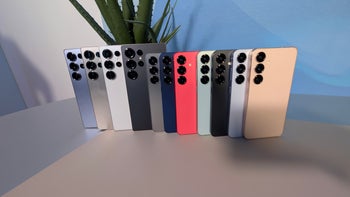

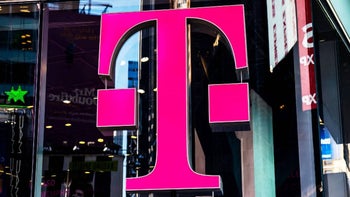
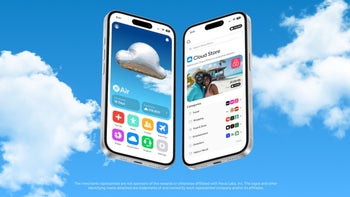
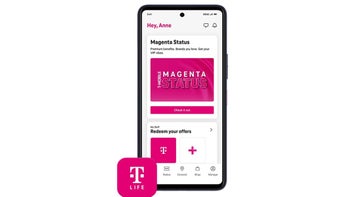
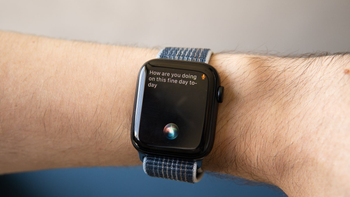

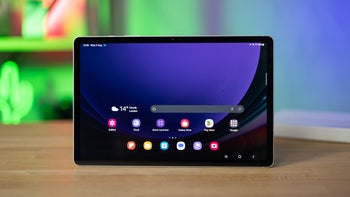

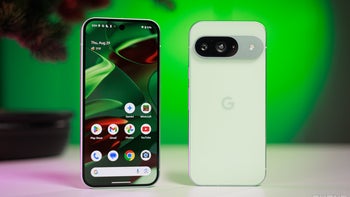
Things that are NOT allowed: